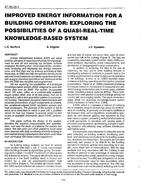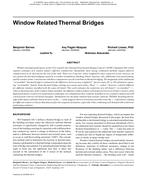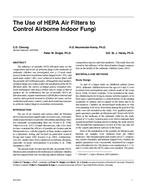This paper concerns an application of H8 compensators that achieve stability for a plant with large changes in characteristics as well as adequate disturbance suppression and reference tracking properties. The complexity of a thermal system such as temperature control of air-conditioned space in buildings makes it extremely difficult to obtain an exact plant model to improve control performance. The parameters in the plant model vary greatly due to changes in the operating conditions. Thus, most plants are often approximated by a first-order lag plus a deadtime system. In a previous paper (Yamakawa et al. 2004), the H8 compensator was easily designed for plants with a small range of perturbations (20%~80%). Design problems for plants with a large range of perturbations (100%~300%) present many headaches. For large values of perturbations, the control performance cannot be improved any more because the robust stability becomes severe and too conservative. Then classical measures of the stability margin have to be selected in place of robust stability. As a result, the H8 compensator that does not exceed a prespecified degree of stability can be designed to achieve the desired control performance. It can be found that the H8 compensator reduces to a fixed transfer function as the parameter variation increases. Finally, we investigate in simulation how the H8 compensator designed for plants with a large amount of perturbations is somewhat similar to the conventional proportional-integral (PI) controller.
Units: SI
Citation: ASHRAE Transactions, vol. 112, pt. 1
Product Details
- Published:
- 2006
- Number of Pages:
- 11
- File Size:
- 1 file , 3.9 MB
- Product Code(s):
- D-27984


